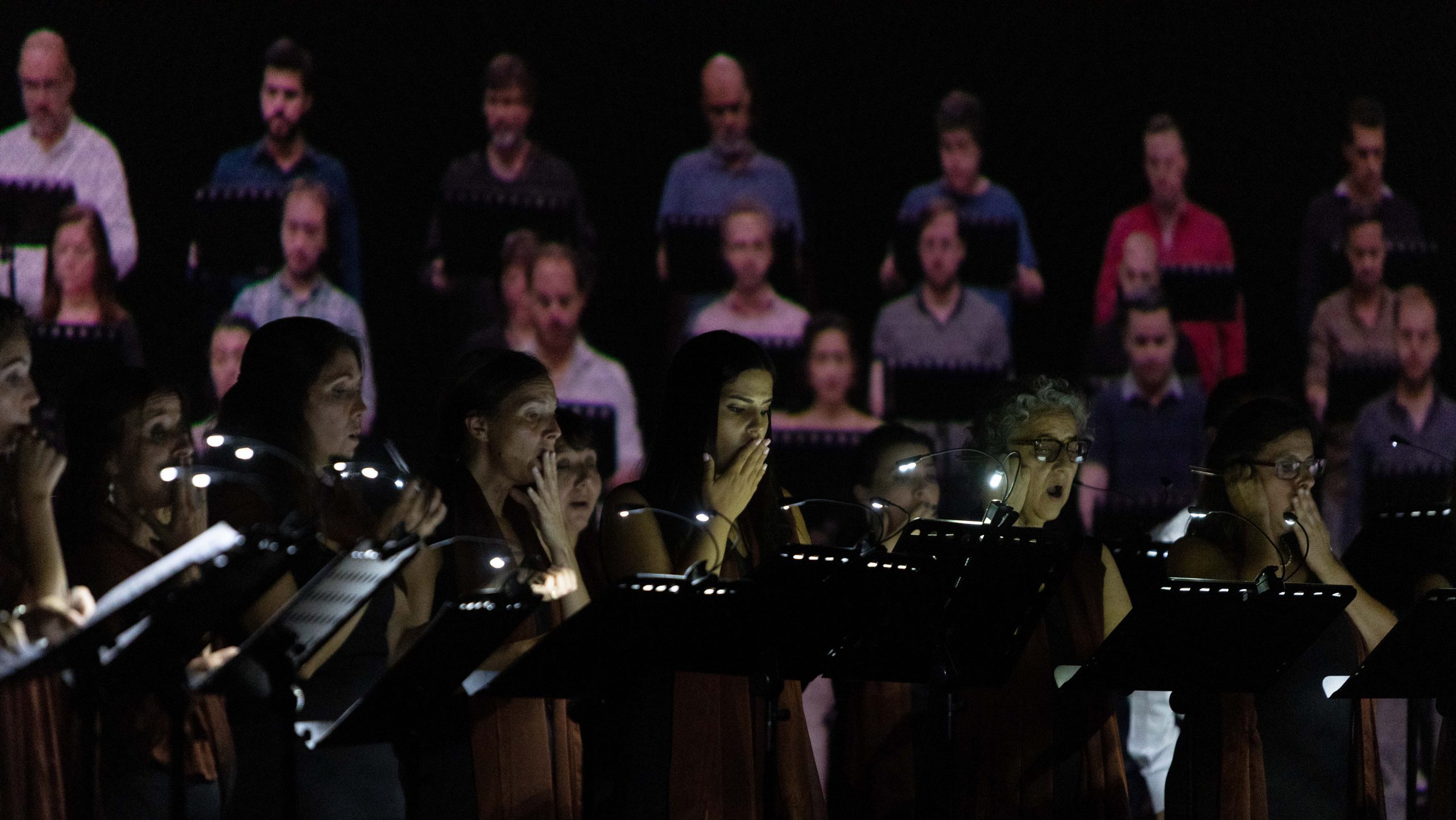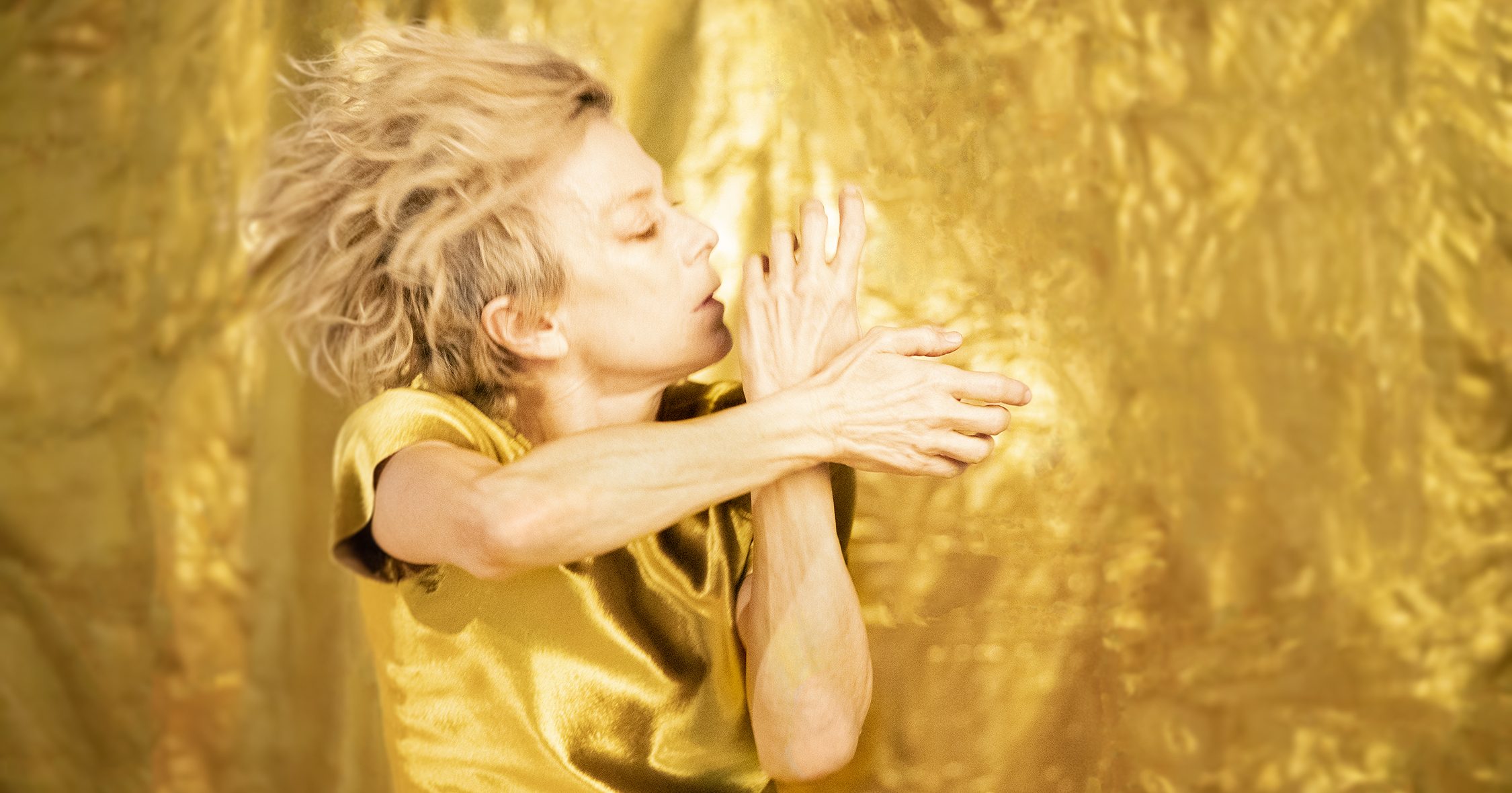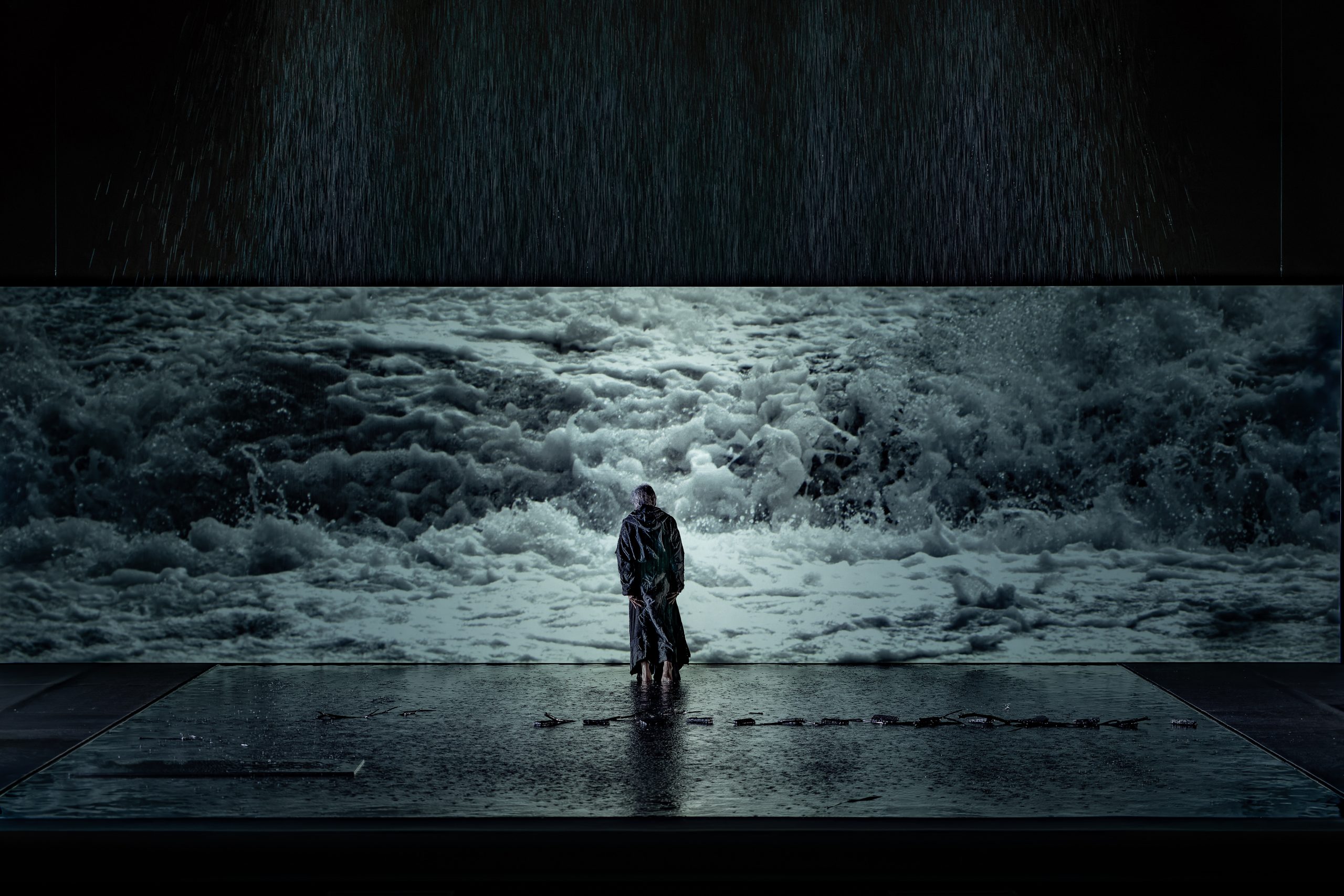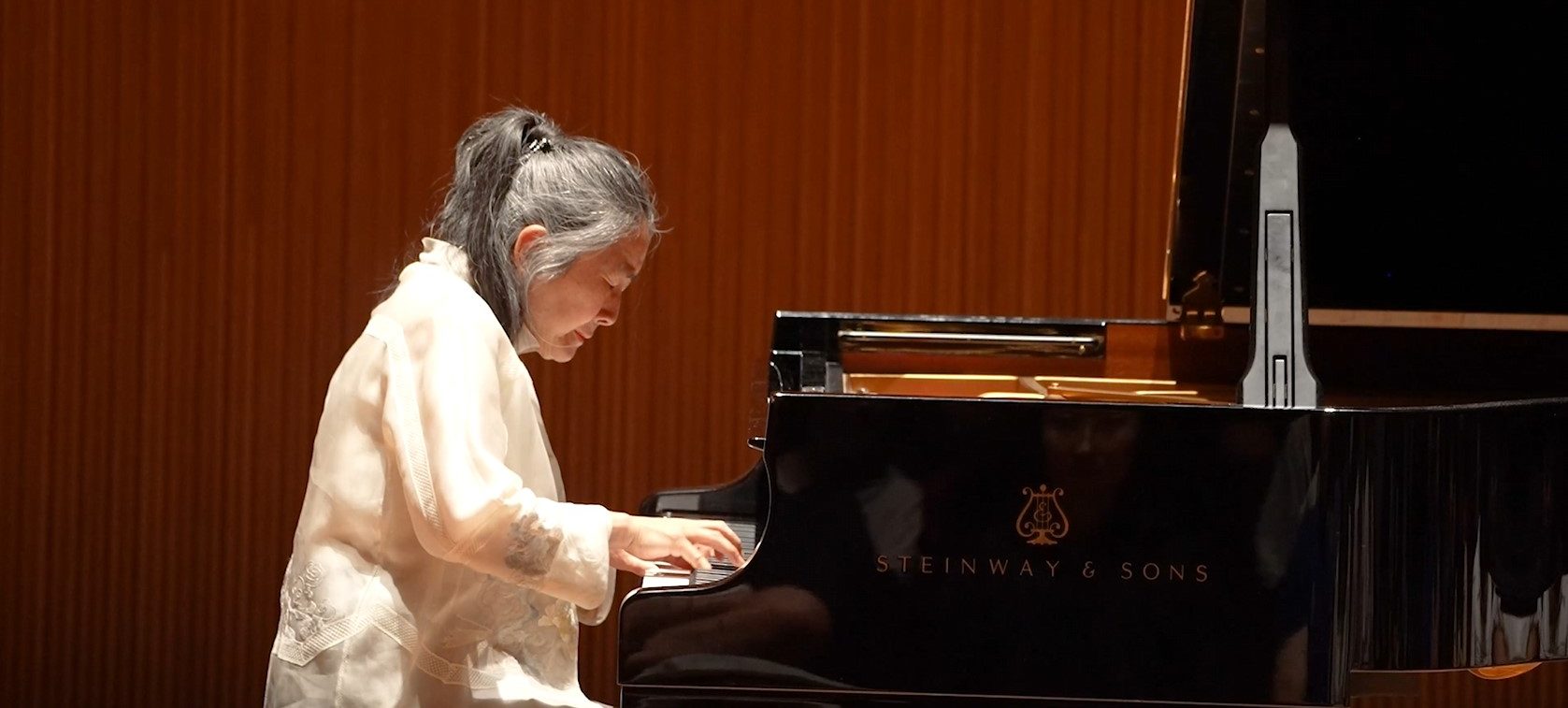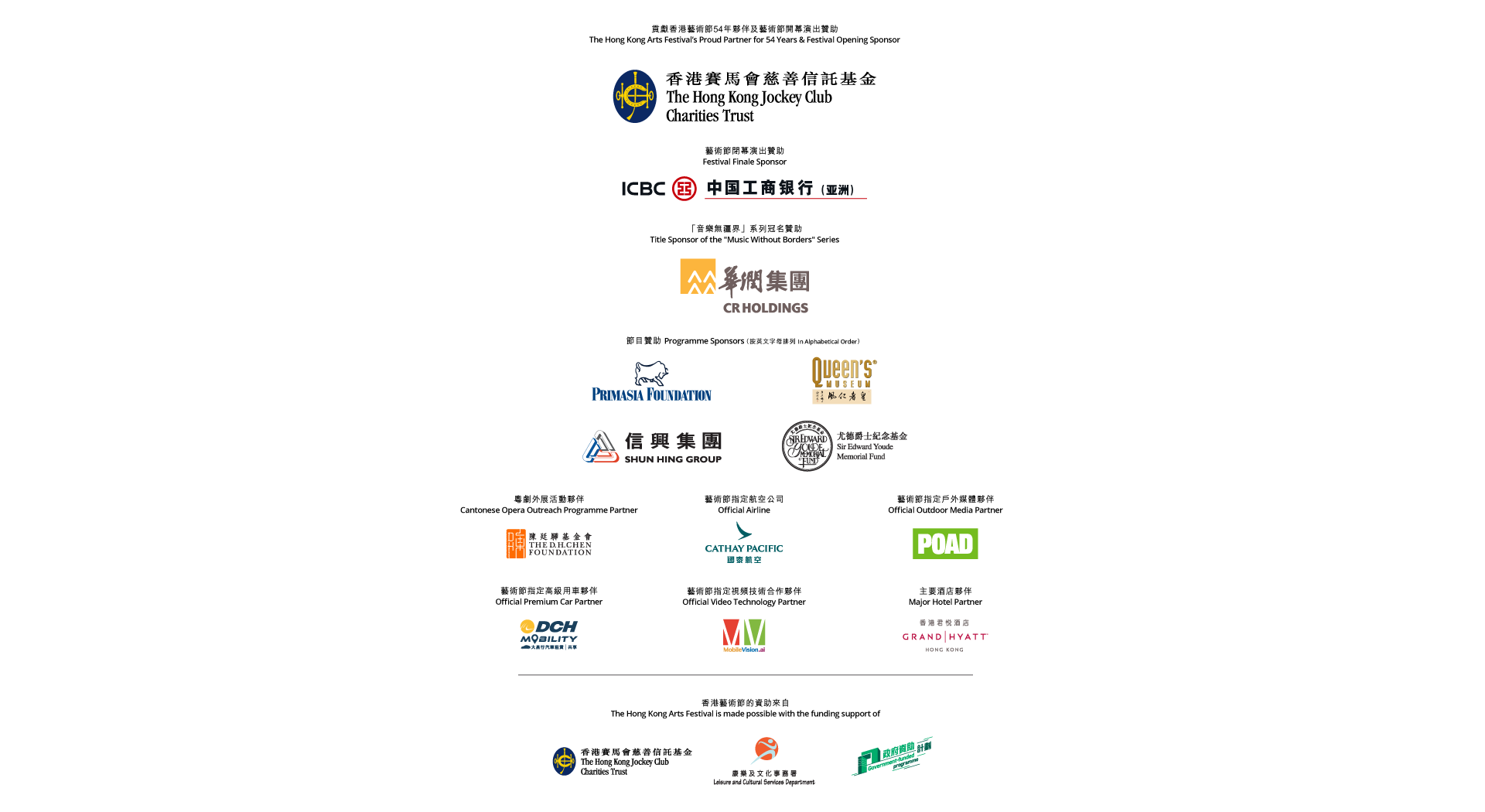The scenario is simple enough to fit on the back of the proverbial matchbook: boy meets girl; boy loses girl (on their wedding day, no less); boy finds girl again (in the underworld), but looks back and loses her forever. That clear, modest arc—plus the fact that the title character is himself a gifted singer—has made the Orpheus legend an operatic mainstay since the earliest days of the artform.
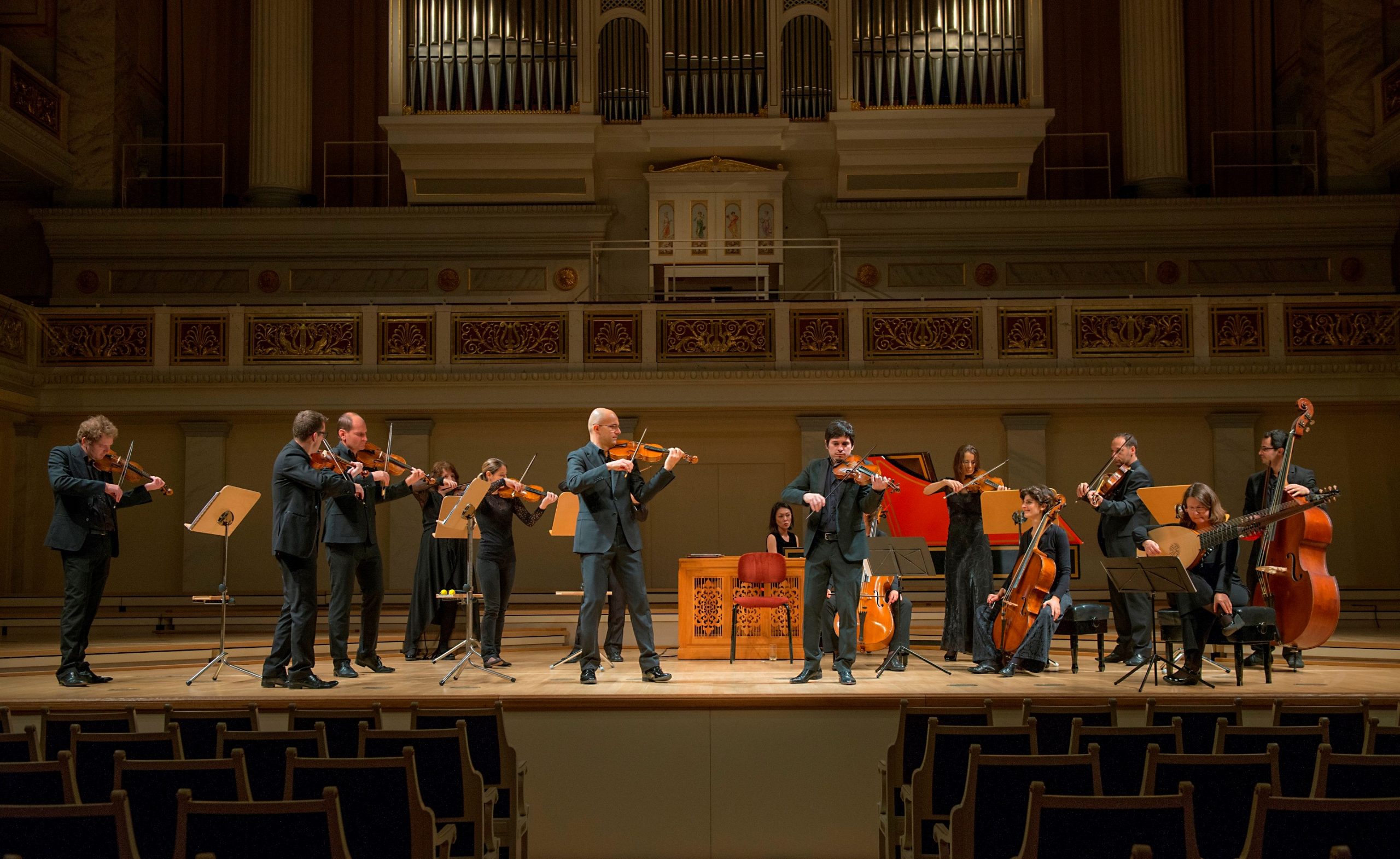
That staying power—the tale has inspired more than 70 operas—shows that once you establish the basic narrative of Orpheus' search for Eurydice, the rest of the story is wide open. Offenbach's Orpheus in the Underworld spoofed the whole Orphic obsession, even suggesting that Eurydice couldn't stand Orpheus' singing. Matthew Aucoin's Eurydice takes that idea further, with Orpheus turning around not from temptation but because Eurydice calls out to him, not wanting to leave.
Perhaps the most revolutionary thing about the 51st HKAF programme La Storia di Orfeo, an overview of early versions of the ancient legend, is evidence that such divergent takes aren't just a modern departure but are built into the tradition from the beginning. Drawing on the music of three distinctive Baroque composers—Claudio Monteverdi, Luigi Rossi and Antonio Sartorio, countertenor Philippe Jaroussky and soprano Emőke Baráth offer three strikingly different versions that, when pressed together, unveil a fresh account.
Contrary to popular belief, Monteverdi's La favola d'Orfeo (1607) isn't the first "opera". However compared to earlier versions by Jacopo Peri (1600) and Giulio Caccini (1602), Monteverdi gave the clearest indication that opera was a new artform that balaneces song and declarative singing with choral and instrumental writing, rather that just a theoretical recreation of ancient Greek theatre.
For centuries, whenever composers wanted to indicate a new direction in opera, Orpheus would often be summoned back to the table. For instance, Antonio Sartorio's Orfeo (1672) tried to bridge the highly developed Baroque style of Francesco Cavalli with the more melodramatic opera seria.
Coming directly between Monteverdi and Sartorio's versions was Rossi's Orfeo (1647). Rossi made a big splash in Paris back then, but the full opera has faded with time. In late 2021, New York Times music critic Anthony Tommasini left a much-reduced production at The Juilliard School quite charmed by Rossi's catchy melodies and lively dance tunes. "Why is this wonderful opera not presented more often?" he asked.
Well, for one thing, the full opera lasts for six hours. But the music remains a true revelation, not least because it puts Eurydice on par with Orpheus as a musical and dramatic presence in her own right.
So Jaroussky and Baráth are onto something here by keeping things simple. Travel with a small orchestra like the Ensemble Artaserse (a Baroque ensemble founded by Jaroussky himself), and leave the other friends, relatives and wedding guests at home. In times like these, more than two is a crowd.

La storia di Orfeo (The Story of Orpheus)
Detail: https://www.hk.artsfestival.org/en/programme/LaStoriaDiOrfeo






